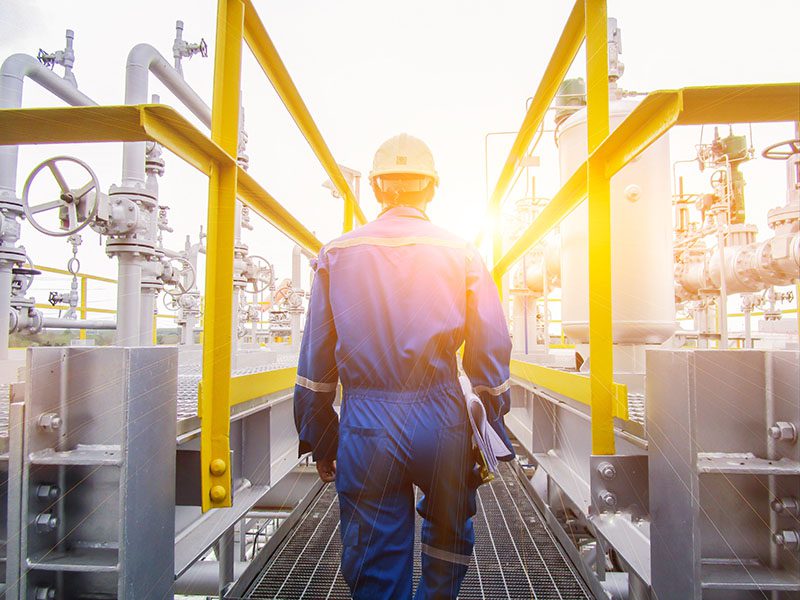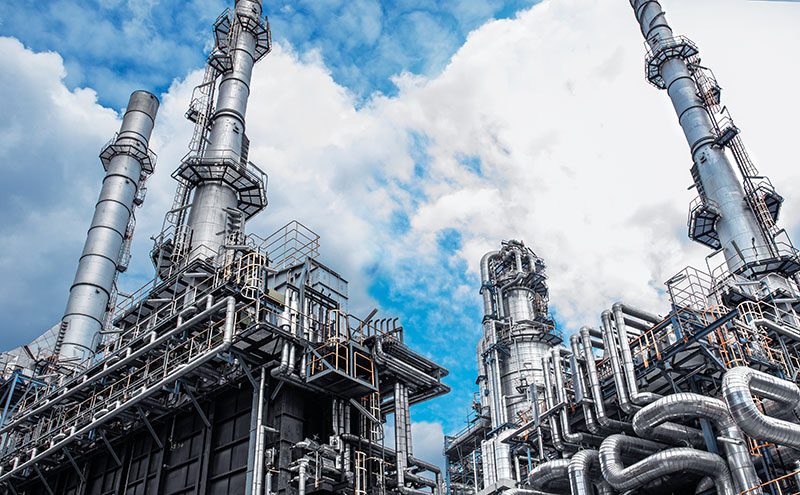Steve Billingham, CEO of Duvas Technologies, offers an introduction to benzene, including the negative health impacts of over-exposure and how accurate monitoring is essential to minimise unnecessary human contact.

According to statistics from The Department of Health and Human Services (USA), more than 238,000 people are occupationally exposed to benzene every day. High levels of the chemical have been found in 1,000 of the 1,684 most serious hazardous waste sites in the USA, while traces have also been identified in car exhausts, tobacco smoke and household detergents.*
Though considered safe in the smallest concentrations, the chemical is a proven carcinogen, closely linked to chronic leukaemia in cases of over-exposure. What’s more, research has found benzene highly-poisonous to body systems such as bone marrow, the liver and bloodstream.
Despite substantial research from some of the world’s most well-respected medical bodies, there is a noteworthy lack of joined-up legislation guiding safe levels of benzene exposure. With the chemical becoming more prevalent in the industrial sphere, widespread education and tighter regulation is essential to protect against its harmful effects.
Sweet and transparent
Benzene, also known as benzol, is a colourless liquid with a sweet odour. Benzene evaporates into air and easily dissolves into water. It is also highly explosive.
First discovered and isolated from coal tar in the 1800s, benzene is widely used as a raw material to make other industrial chemicals, such as ethylbenzene, cumene and cyclohexane. Benzene is also used in the manufacture of Styrofoam, polystyrene, nylon and other synthetic fibres, as well as other consumer goods such as detergents, medicines and pesticides.
Because of its flexibility and broad applicability, benzene ranks in the top 20 in production volumes for chemicals produced in the United States.**
Benzene is also naturally found in crude oil (refined and separated to produce gasoline, petroleum and lubricants), as well as in air, water and soil. In fact, it is present (albeit mostly at microscopic levels) in almost every organic compound on earth.

What are the safe levels?
Almost everyone is exposed to benzene on a daily basis. Whether outdoors, in the workplace or at home. Exposure normally occurs through breathing air containing benzene particles, with major sources including tobacco smoke, vehicle exhaust and the inhalation of solvents (such as glues, paints and detergents). Even tap water can contain benzene, although this rarely exceeds 0.01 ppb.
Typical concentrations range from 0.02 to 34 parts per billion (ppb), with those living in urban areas or close to industrial sites susceptible to higher levels.
Regardless of how you are exposed to benzene, it will quickly enter your bloodstream and is converted into metabolites in the liver. These metabolites usually leave the body within 48 hours, and the damage they impart depends on concentration.
Brief exposure to high levels (10,000 parts per million (ppm)) can result in death. Lower levels (700 ppm) can cause dizziness, vomiting, and unconsciousness. Although not immediately discernible in its impact, long-term exposure to lower levels can be just as severe.
Those who are exposed to benzene for long periods of time experience serious issues with the production of red blood cells. A decrease in production impairs the immune system, which can lead to anaemia, impacts on fertility and conditions as serious as acute myeloid leukaemia – a cancer of the blood-forming organs.
Legislating benzene levels
It is possible to smell benzene in the air at approximately 60 ppm and taste it in water at 5 ppm. Unfortunately, it is often at levels much lower than this that it causes irreversible, long-term damage. According to the US Environmental Protection Agency, benzene-related diseases can occur at levels less than 1ppm.
At these levels, strict guidelines are necessary to protect against unnecessary over-exposure. Unfortunately, legislation of benzene (compared to other pollutants, such as CO2 and NOX) is both limited and disjointed.
In the US, for example, benzene is covered under section 112 of the Clean Air Act. While its presence in the chemical engineering industry has driven strict regulation, with production site fence-line monitoring to levels of 9 µg/m3 (approx. 2.82ppb) widely imposed, its relevance in eight other air/water pollution regulations means other concentration guidelines vary from 1 to 10 ppm.
In Europe, legislation is even looser, with benzene classified alongside many other less dangerous chemical compounds. Safe concentration is specified as below 5 µg/m3 in specific situations.
In China, benzene gains a brief mention in the country’s Air Pollution and Control Law, but air quality management responsibility is delegated to local authorities, so the legislation appears highly disjointed.
In other countries, including Egypt, Iran, Costa Rica and Ethiopia, benzene levels are not legislated – even in domestic petroleum.
The importance of monitoring and introducing capping levels is obvious. However, as such a prevalent chemical, making its way into such a diverse range of industrial and everyday contexts, it is surprising that legislation has seemingly been pushed to the bottom of the agenda.

Monitoring benzene levels
Monitoring benzene is not only possible but, with to the capabilities of next-generation technology, relatively straightforward.
At Duvas Technologies, we specialise in developing solutions to precisely monitor benzene levels. Unlike many traditional products, which are only suitable to measure concentration to within ppm boundaries, our capabilities allow us to quickly and clearly analyse levels to within ppb ranges.
Recent progress includes the development of a compact, mobile solution capable of undertaking perimeter fence line reports for businesses worldwide. For a company operating within the petrochemical industry, which must report on pollutant levels entering the nearby environment, we simply affix monitoring equipment to a specially-designed testing vehicle.
Real-time, detailed data can be immediately fed back to the client, not only outlining precise levels but also peak times and locations. This data can be used to quickly and effectively review processes and inform changes to improve air quality.
In short, we provide meaningful detail to help a business understand the levels of benzene present on its sites, and to analyse its impact and review behaviour to drive positive change.
A call for tighter legislative control
We believe that the best way to protect public safety is by introducing strict, joined-up legislation. Governments worldwide need to take the lead and outline a clear structure. Everyone who uses or produces benzene must regularly monitor levels and feed back their results in a clear and accurate fashion.
Although an essential chemical, the negative aspects of benzene are severe. It is critical for us to agree on best practice approaches and implement regulation guiding acceptable levels. This, alongside continued research into safe levels and long-term effects, is essential to safeguard our communities and the environment.






